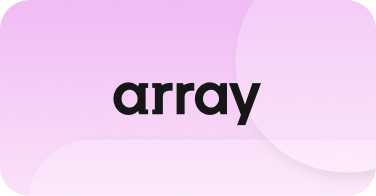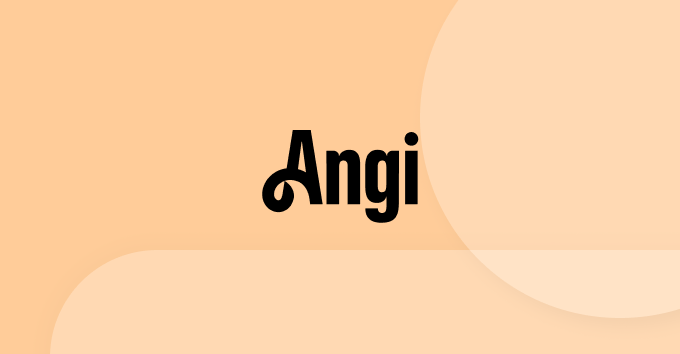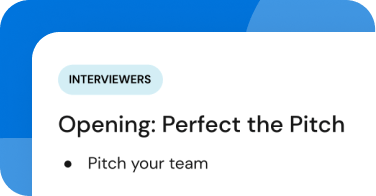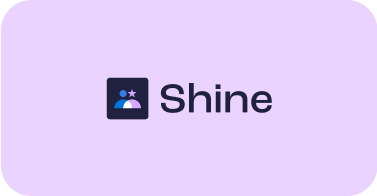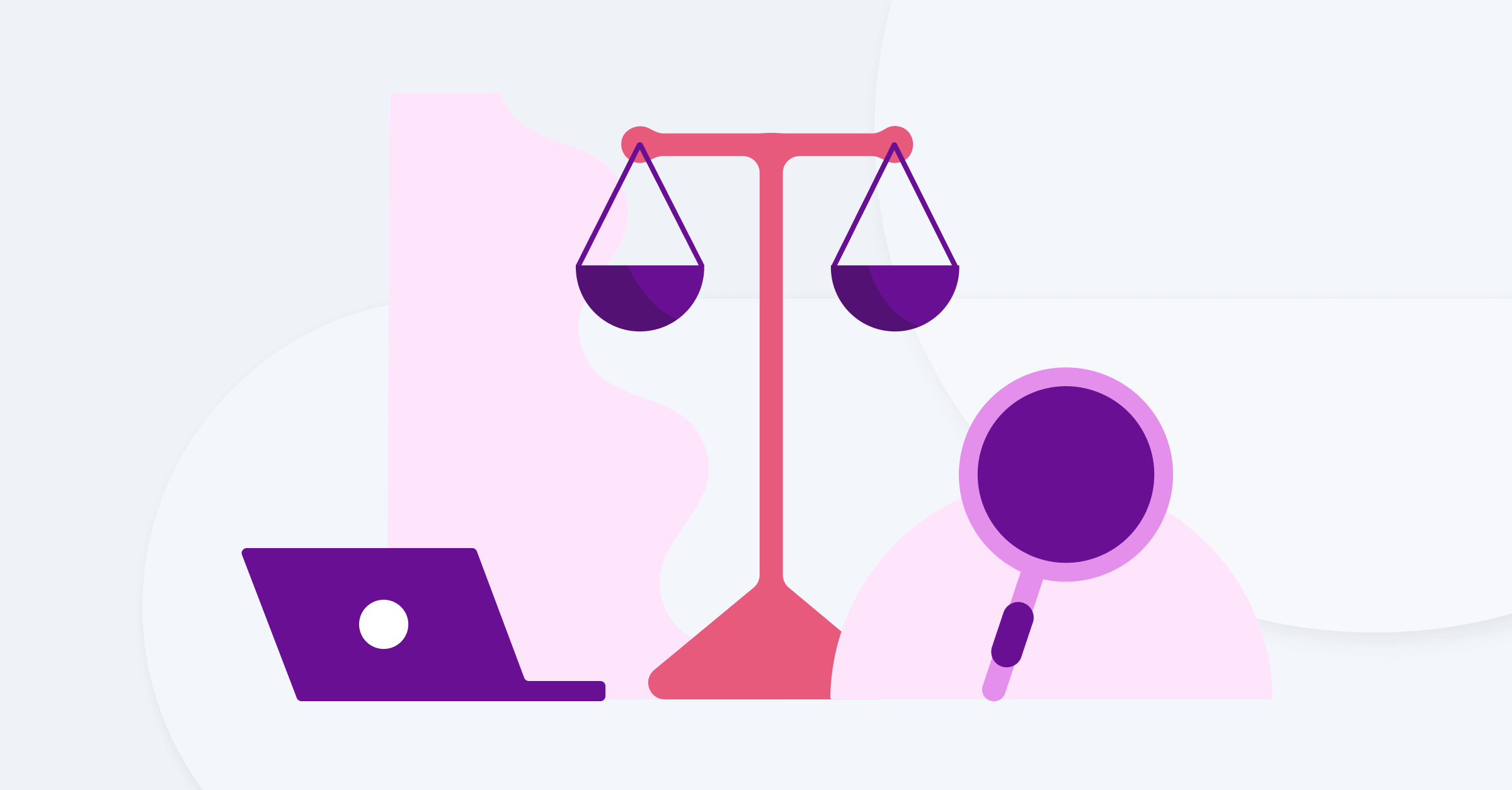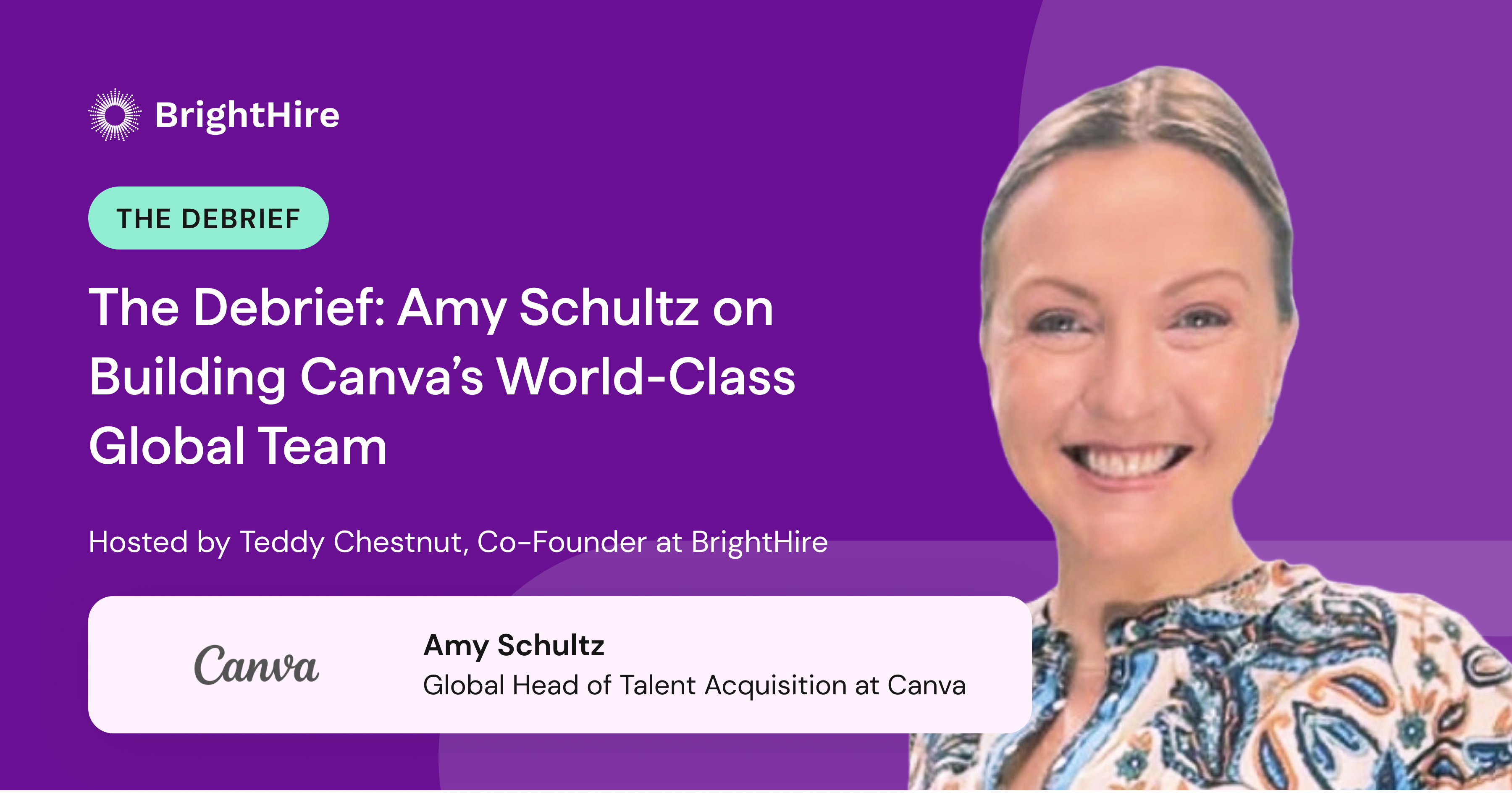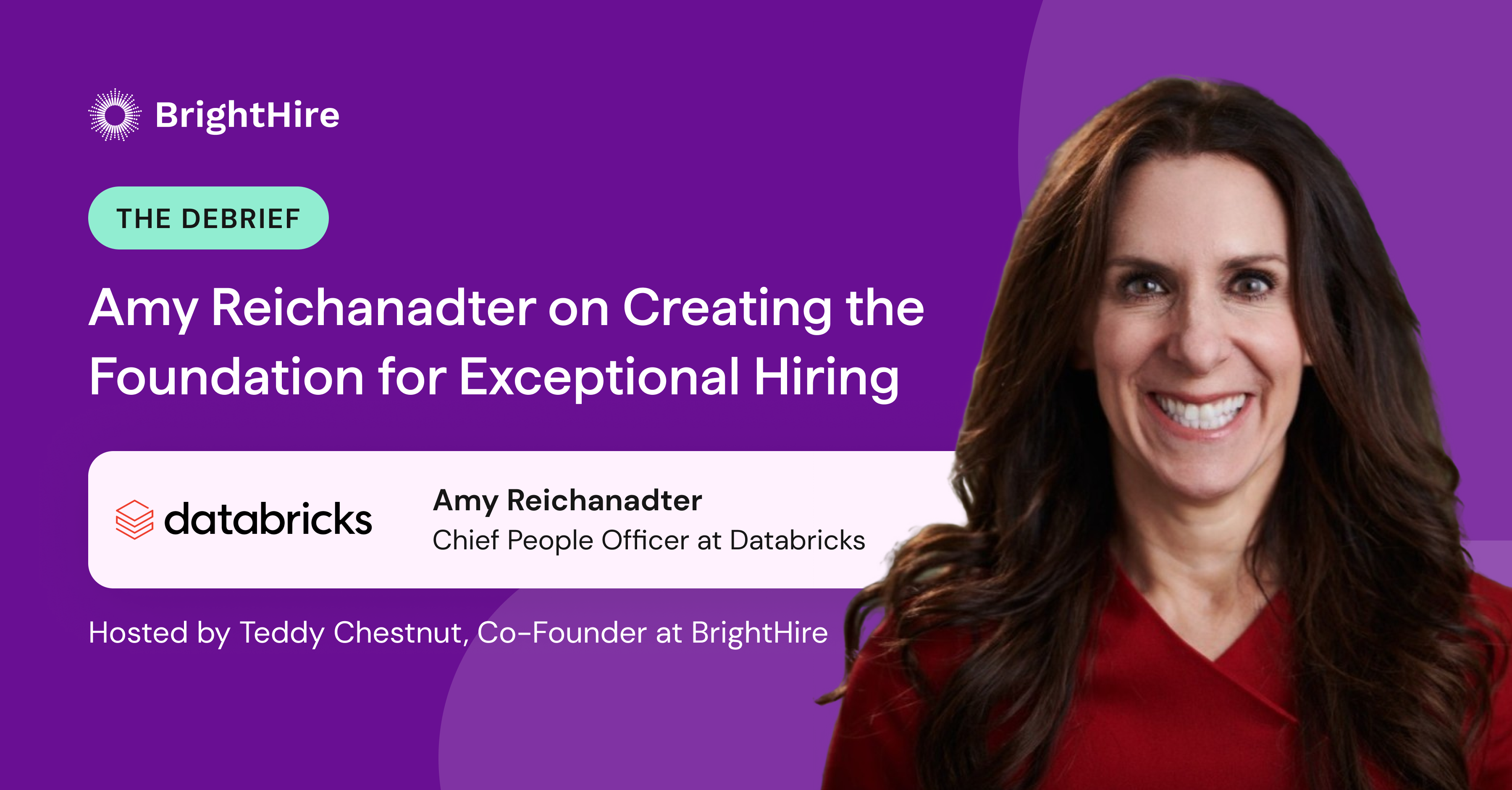Traditional interview processes favor bias. Implementing the right structure and software can mitigate that.
Hiring is the most important process in an organization: it’s how you build the team that will drive the future of your business. Hiring is also a tremendous responsibility: for candidates, it’s a gateway to opportunity and a path to economic security, prosperity, and identity.
There’s a reason running a rigorous and fair hiring process is an organization-level imperative. Companies like Fifth Third Bank, Nike, Starbucks, and Intel have all made organization-wide commitments to D&I. According to a study conducted by Deloitte, 78% of recruiters and hiring managers say that diversity is the top trend impacting how they hire.
Unfortunately, hiring is also a human endeavor that’s subject to bias, both implicit and explicit. Designing fairness into the structure of how teams hire is more important than ever, especially as teams are facing the challenge of conducting the process remotely.
The best way to push bias out of the hiring process is to bring structure, evidence, and insight into it.
Structure
Unstructured interviews lead to wildly unfair assessments and lackluster hiring results. When interviewers don’t have a map, they tend to take wrong turns with small talk and random topics unrelated to requirements for the role. Those conversations can easily veer into interviewers searching for people who they like (and who are more like them).
That lack of structure doesn’t set up interviews for success — and the outcomes often have a negative impact on the diversity pipeline. It’s not enough to create a set of scorecards or lists of questions if nobody reads them. To really deliver on structure, interviewers need to find a way to bring that guide into the conversation, in real time.
Consider the analogy of driving an interview: there might be a map, but it’s locked in the glove compartment. Collaborative interview software takes that map — the questions interviewers need to hit, the competencies to cover — and puts it right on the windshield as a heads-up display. The interviewer is still in control, but has an intelligent guide riding along with them.
Evidence
Most important decisions made in a business context are based on large data sets and in-depth analyses. And yet hiring decisions, among the most expensive and crucial of all, are based on a combination of gut feel and best recollection. It’s effectively impossible to expect people to make sound, fair, unbiased hiring decisions based on little more than memory. In fact, studies have shown time and again that people’s short-term memory is notoriously faulty.
That lack of evidence creates an opening for bias. “When you’re interviewing so many people at a given time, it’s really easy to have recency bias, [and] it’s really easy to potentially forget your conversations from weeks ago. That’s when things get a little dicey because you start to rely more on your gut or bias versus fact,” says Carly Jones, Global Talent Acquisition Leader at SalesLoft. “Recording interviews allows you to mitigate that risk.”
Evaluating real pieces of evidence that multiple people can examine is fundamentally different. Instead of using notes and scorecards based on people’s memories, TA leaders can empower their teams by sharing interview highlights. With those tools, hiring teams can remove bias by triangulating opinions on a given interview. It enables interviewers to go back and check their first impressions of a candidate, word for word.
This kind of unprecedented evidence enables interviewers to dig beneath a value judgment (such as, “I didn’t think he’d be a culture fit”) to get concrete examples and evidence. It creates a foundational level of transparency and enables fair decision making for every candidate.
Insights
Creating the environment for a fair hiring process doesn’t just happen during interviews, either. TA leaders who use interview insights can spot trends and patterns in hiring conversations that might be systematically biased, which they never would have known about before.
Take, for example, women being consistently interrupted in interviews, or asking Black and white candidates a different set of questions. Looking at those conversations from a higher level can shine a light on what would otherwise be a complete black box.
“That’s just an untapped goldmine of data that [most companies] don’t have access to,” says Connie Geiger, Head of TA (Consumer and Community Bank) at Chase.
Geiger, for example, uses candidate data to assess the fairness of the hiring process and make sure diverse candidates are receiving the same opportunities.
“Is there something else going on here in terms of bias or something that we could take another look at in order to open up [a hiring] funnel?” says Geiger.
TA leaders can’t ensure a rigorous or fair interview process without the visibility to understand what’s actually happening.
…
TA leaders who bring structure, evidence, and insight into the heart of their hiring can design a process that is as fair and inclusive as humanly possible.
“People are critical to our success,” says Jones. “We need to ensure that we have a process that empowers our hiring managers to make the best informed, unbiased decisions possible, so we can get excellence in the seat and keep our business moving forward.”
BrightHire helps forward-thinking organizations build more talented and diverse teams. You can learn more about our product here.
